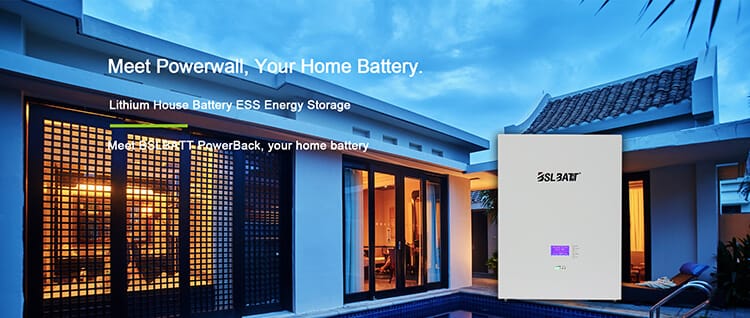Types of solar Battery
|
This week we had the opportunity to learn more about what is a solar battery or a battery to store solar energy. Today we want to dedicate this space to know a little more in depth what types of solar batteries exist and what are the variables. Although today there are many ways to store energy, one of the most common is through a lead-acid battery also called lead-acid battery, very common in conventional and electric vehicles. There are also other types of batteries such as lithium ion (Li-Ion) of larger sizes that can replace lead in renewable energy systems. These batteries use a lithium salt that helps the electrochemical reaction by facilitating the current to flow out of the battery. Types of batteriesThere are different types of solar batteries in the market. Let's look a bit about lead-acid batteries for renewable energy applications: Liquid Batteries: This type of battery has a greater storage capacity. They are called liquid batteries because they work at high temperatures so that electrolyte and electrodes remain in a liquid state, about 500 degrees Celsius are necessary to propitiate this situation. In addition to being very economical, they present fewer problems when overloaded and have greater durability. VRLA batteries: the VRLA-Valve Regulated Lead Acid battery - in Spanish acid-regulated valve-lead is another type of rechargeable lead-acid battery. They are not completely sealed but contain a technology that recombines the oxygen and hydrogen that leaves the plates during loading and thus eliminates the loss of water if they are not overloaded, they are also the only ones that can be transported by plane. You are in turn divided into: Gel Batteries: as the name implies, the acid it contains is in the form of a gel, which prevents liquid from being lost. Other advantages of this type of battery are; They work in any position, corrosion is reduced, they are resistant to low temperatures and their service life is longer than in liquid batteries. Among some of the disadvantages of this type of battery is that they are very delicate to charge and its high price. AGM type batteries: In English-Absorbed Glass Mat- in Spanish Absorbent Glass Separator, they have a fiberglass mesh between the battery plates, which serves to contain the electrolyte. This type of battery is very resistant to low temperatures, its efficiency is 95%, it can work at high current and in general, it has a good cost-to-life ratio. In solar and wind systems the batteries have to give energy over a relatively long time and are often discharged at lower levels. These deep cycle type batteries have thick lead layers that also provide the advantage of significantly prolonging their life. These batteries are relatively large and heavy by lead. They are composed of 2-volt cells that come together in series to achieve batteries of 6, 12 or more volts. It is necessary to differentiate between batteries for cyclic use (daily charge and discharge) and batteries for use in uninterruptible power supplies (UPS). These only come into effect when there is a power failure, but they are usually full. What does the life of a solar battery depend on?Apart from the type of solar panel battery, there are also other factors such as manufacturing quality and correct use during operation. To ensure a long life of a battery, a good charge is necessary, to have sufficient capacity of solar panels so that the charge is complete, a good temperature in the place where it is installed (at a higher temperature the life of a battery is shorter). BSLBATT Powerwall battery, a new revolution in solar energyIf you are wondering what battery you need for a domestic installation, without a doubt the battery that was launched during the course of 2016 is the one indicated. BSLBATT Powerwall, created by the company Wisdom Power, operates 100% based on solar energy and is designed for home use. The battery is lithium-ion, is equipped with photovoltaic panels completely independent of traditional energy systems, is fixed on the wall of homes and will have a storage capacity of 7 to 10 Kwh that can be scaled. Although its price is still very high, approximately USD 700 and USD 1000, surely with the constant evolution of the market will be increasingly easy to access. |














